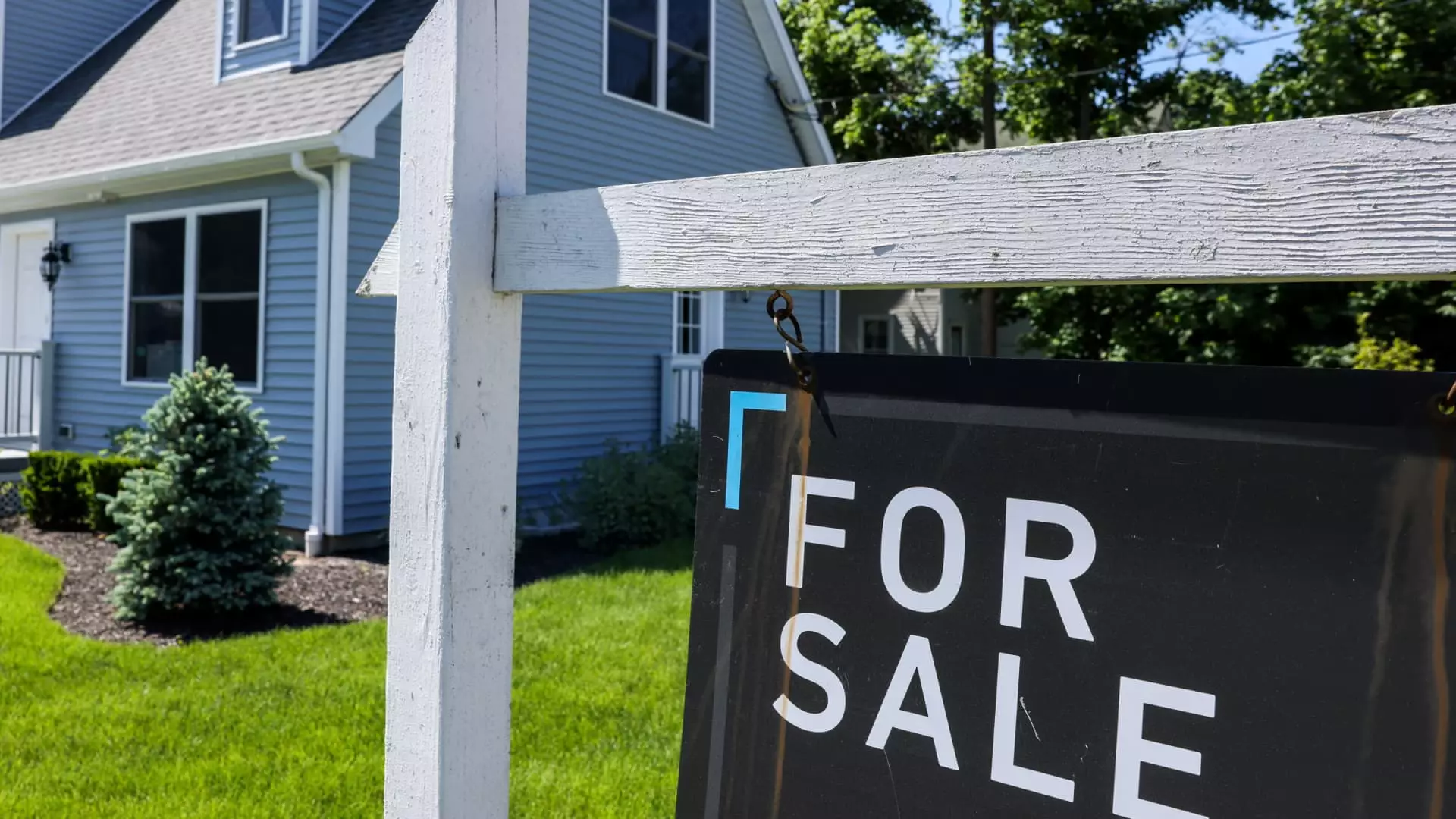Despite persistent economic uncertainties, recent shifts in mortgage interest rates reveal a surprising twist that may not be as promising as it appears. A modest dip from 6.79% to 6.77% in 30-year fixed-rate mortgage rates ignited a significant surge—almost 10%—in application volume. Yet, this uptick masks deeper vulnerabilities lurking within the housing market. The optimistic perception that a slight rate reduction will substantially stimulate demand is overly simplistic and dangerously optimistic. It disregards the complex factors that underpin buyer behavior, housing affordability, and the fragile sentiment that characterize today’s market landscape.
Temporary Blip or Enduring Shift?
The notable rise in applications for purchasing homes and refinancing—both jumping 9%—appears encouraging on the surface. Still, these numbers don’t tell the whole story. The real estate environment remains riddled with contradictions. While refinancing applications have seen impressive growth, they are still 56% above last year, indicating a segment desperate for relief amid high rates. Conversely, high cancellation rates and sluggish pending sales suggest a disconnect between signed contracts and actual completed transactions. Rising mortgage rates again just before the holiday hint at a market poised for volatility rather than steady recovery, especially amid inconsistent consumer confidence and fluctuating housing inventories.
The Hidden Challenges Behind the Numbers
The apparent optimism surrounding lower mortgage rates potentially masks underlying structural issues. Consumer sentiment remains fragile, influenced by economic uncertainties and inflation pressures that have yet to be fully addressed. The decline in the average loan size to $432,600—the lowest since early 2025—is indicative of a shrinking pool of affordable housing options, not necessarily increased demand. This suggests that the recent jump in application volume might be more symptomatic of pent-up demand or opportunistic behavior rather than a genuine overhaul of market fundamentals. Additionally, high cancellation rates imply that many potential buyers are hesitant or uncertain, casting doubt on whether these recent applications will translate into actual home sales.
Can the Market Sustain Its Momentum?
While the current surge may temporarily boost industry metrics, its sustainability is questionable. The broader economic environment, characterized by rising rates and cautious consumer outlooks, signals that these gains could be short-lived. Market analysts warn that the recent fluctuations in mortgage rates are part of a normal cyclical adjustment rather than a definitive trend reversal. Although some optimism is warranted, relying solely on minor rate dips risks overestimating their impact on mortgage demand and home sales. Politically and economically, a cautious approach rooted in fiscal responsibility and prudent regulation would serve the housing market better than an overreaction to fleeting rate movements. Ultimately, this rollercoaster underscores that recovery in the mortgage sector will require more than just brief rate dips—it needs fundamental economic stability and consumer confidence to truly take hold.

